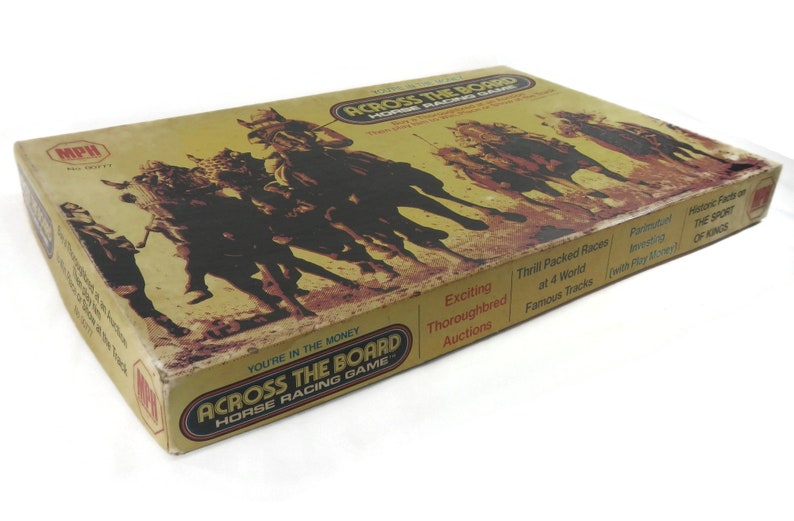

This gets countered by the fact that the closer to the centre you are, the more likely you are to be scratched, but then if you're setting odds after scratching then not so bad. So I think the basic conclusion is that the closer to the centre you are, the more favoured you are in general, as the longer path doesn't do enough to equalise the dice rolls. so 7 gets moved 50% more often, whilst having to cover 33% more distance.

7 gets advanced 6 in 36, 5 gets advanced 4 in 36. Lets compare the 7 with someone closer to the middle, say 5/9 again. the 7 horse therefore gets advanced 3 times as often while needing to cover only double the distance, again this is a big advantage. This time the 3/11 get rolled 2 in 36 vs the 6 in 36. Next lets look at 3/11 vs 7 which again have a roughly double path. compare them to the 5 and 9 horses who i think have double the path, but get rolled 4 times as often. Only 1 of the 36 possible combinations advance them, and their shorter path is not enough to equalise that disadvantage. The outside horses are massively unfavoured.

So whereas I personally can't put some firm numbers on these "odds" i think we can infer some basic things. This image give a breakdown of how the numbers come out So the thing that makes this so hard is the differing win conditions, with the outside horses only needing 3 rolls whereas the central horse needing 8 (or is it 9? its not clear if you start on the first square or the number)


 0 kommentar(er)
0 kommentar(er)
